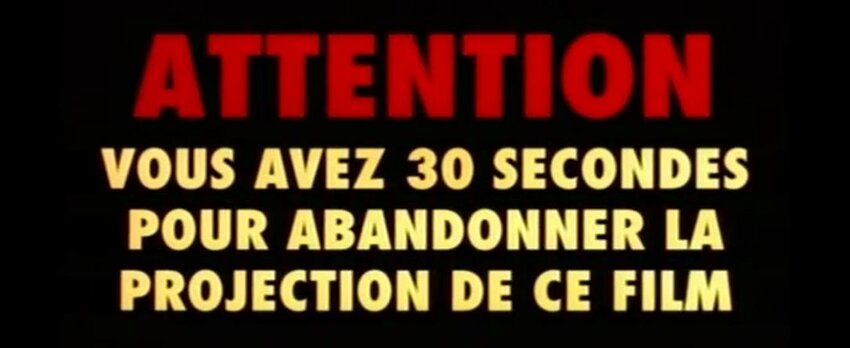
Before the climax to Gaspar Noé’s I Stand Alone (Seul contre tous), a provocative warning appears: “You have 30 seconds to leave the screening of this film”. Noé borrowed the idea from the black-and-white thriller Homicidal, which has a forty-five-second ‘fright break’ “to allow anyone to leave this theatre who is too frightened to see the end of the picture.” Of course, rather than prompting nervous viewers to flee in terror, these are sensationalist gimmicks designed to create audience anticipation, like cinematic clickbait.
On the other hand, the breaking of taboos on screen is genuinely transgressive and disturbing if the act is unsimulated, as Amos Vogel wrote in Film as a Subversive Art: “When confronted by visual taboos... such as real sex or death — we immediately feel an element of risk and primordial danger”. A surprising number of films, all listed here, contain images of real death and unsimulated sex.
On the other hand, the breaking of taboos on screen is genuinely transgressive and disturbing if the act is unsimulated, as Amos Vogel wrote in Film as a Subversive Art: “When confronted by visual taboos... such as real sex or death — we immediately feel an element of risk and primordial danger”. A surprising number of films, all listed here, contain images of real death and unsimulated sex.


